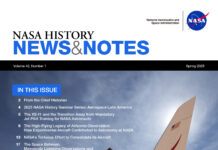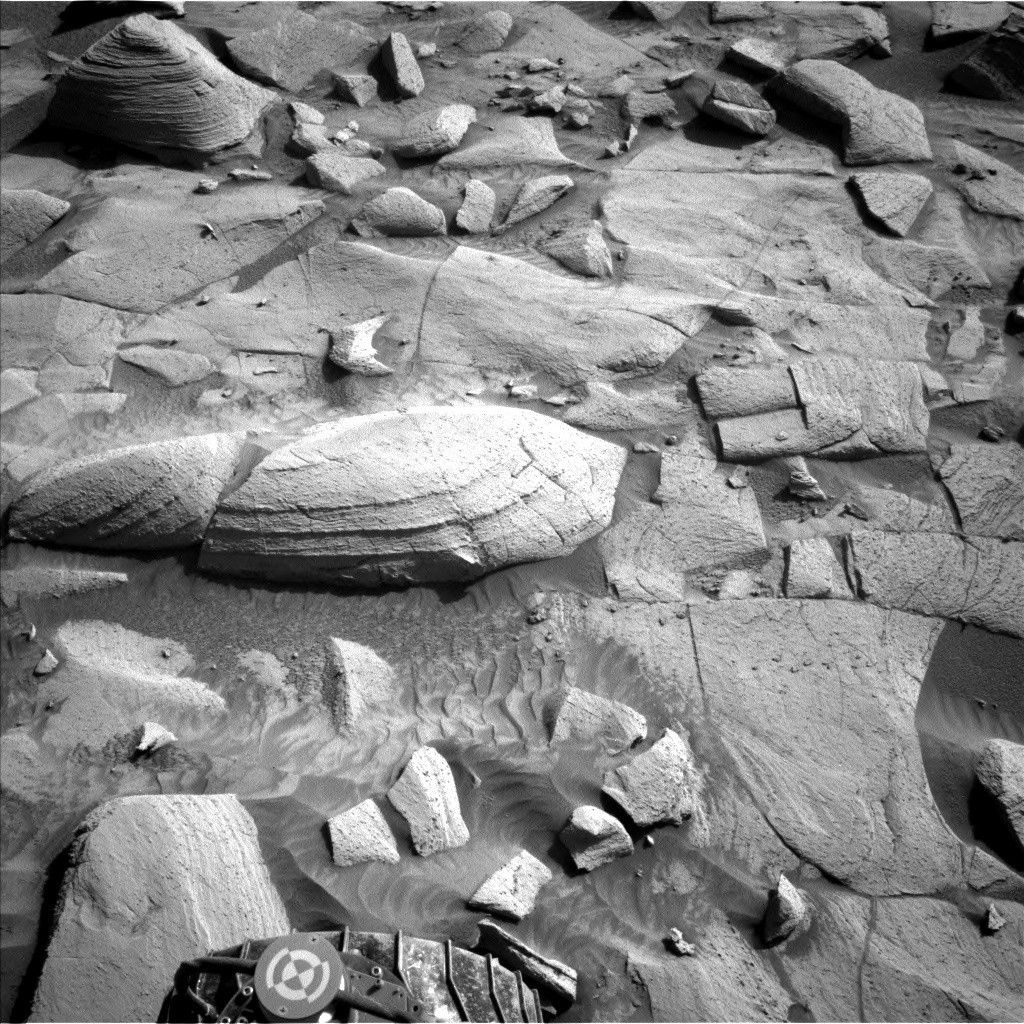Exploring Mars: Curiosity Rover’s Recent Endeavors and Discoveries
The Curiosity Rover, a cornerstone of NASA’s Mars Exploration Program, continues its mission to unravel the mysteries of the Red Planet. As of March 26, 2025, the rover is actively engaged in a series of scientific investigations, providing researchers with valuable insights into the Martian environment. This article delves into Curiosity’s recent activities, shedding light on its current operations and the significance of its findings.
A Week of Exploration on Mars
Curiosity’s current mission involves a sequence of activities that are both routine and innovative. The Environmental Science Theme Lead and Keeper of the Plan (ESTLK), a role crucial for orchestrating the rover’s daily tasks, oversees these operations. This week, Curiosity is once again adopting a geologist’s stance, which involves using its array of scientific instruments to gather data without deploying its robotic arm.
The schedule for Curiosity’s exploration is reminiscent of previous days. The first sol, or Martian day, is dedicated to targeted remote sensing before the rover embarks on its next journey. On the subsequent sol, the focus shifts to untargeted remote sensing. This structured yet dynamic approach allows the team to maximize their observational opportunities.
Observing Martian Atmosphere and Geology
On sol 4493, Curiosity’s mission commenced with a suprahorizon movie aimed at detecting clouds in the southern sky. This is part of the rover’s environmental observations, which also include a survey for dust devils—whirling columns of dust that offer clues about Mars’ atmospheric conditions. The geology theme group, responsible for examining rock formations, also utilizes this time to study various geological features.
Mastcam, one of Curiosity’s primary cameras, is tasked with capturing images of bedrock targets collectively known as "Observatory Trail." Among these targets is an intriguing area called "Point Loma," noted for its distinct veins. Mastcam’s lens also turns toward "Black Butte," a geological feature that piques the interest of scientists.
ChemCam, equipped with a Laser-Induced Breakdown Spectroscopy (LIBS) system, conducts a detailed analysis of a target dubbed "Cholla." Additionally, it performs long-distance observations of the Texoli Butte and unique boxwork structures—a term referring to lattice-like patterns in rock formations that may provide insights into Mars’ geological history.
The Second Sol: Unraveling Martian Mysteries
The second sol is characterized by untargeted observations, allowing Curiosity to conserve energy while still gathering critical data. During this period, the rover engages in an extended dust-devil movie, enhancing the likelihood of capturing these atmospheric phenomena. Despite being in a season prone to cloudiness, Mars occasionally experiences dust lifting, and observing these events can reveal much about the planet’s atmospheric dynamics.
In tandem with these efforts, Mastcam performs a tau observation, a method used to assess the dust concentration in Mars’ atmosphere. To conclude the sol’s activities, ChemCam’s Autonomous Exploration for Gathering Increased Science (AEGIS) system autonomously selects a target for LIBS analysis, demonstrating the rover’s advanced capabilities in conducting independent scientific research.
Understanding Curiosity’s Technological Tools
To appreciate the complexity of Curiosity’s mission, it’s essential to understand the technologies at its disposal. The rover’s Mastcam consists of two cameras with different focal lengths, enabling it to capture high-resolution images and videos of the Martian surface. These visual data are crucial for identifying geological features and assessing environmental conditions.
ChemCam, another vital instrument, employs a laser to vaporize small portions of Martian rock or soil. By analyzing the resulting plasma, scientists can determine the composition of the materials, gaining insights into the planet’s geological past. This information is invaluable in piecing together Mars’ history and assessing its potential habitability.
The Broader Implications of Curiosity’s Findings
Curiosity’s ongoing exploration of Mars offers more than just a glimpse into the planet’s geology and climate. It contributes to our broader understanding of planetary science and the potential for life beyond Earth. By studying Mars’ atmosphere, surface, and geological features, scientists can draw comparisons with Earth’s own history, offering clues about how planets evolve over time.
Moreover, the data collected by Curiosity aids in planning future missions to Mars. Understanding the planet’s environment is crucial for designing equipment and strategies for upcoming exploration endeavors, including potential human missions. Curiosity’s findings help inform these plans, ensuring that future missions are well-prepared to face the challenges of the Martian environment.
A Continuing Journey of Discovery
As Curiosity continues its mission on Mars, it remains a testament to human ingenuity and the quest for knowledge. Each sol presents new opportunities for discovery, and the rover’s dedicated team of scientists and engineers work tirelessly to unlock the secrets of the Red Planet. With each piece of data transmitted back to Earth, Curiosity brings us one step closer to understanding our neighboring planet and answering profound questions about the potential for life elsewhere in the universe.
For those interested in following Curiosity’s journey, NASA’s official website provides regular updates and detailed insights into the rover’s activities. As exploration continues, the insights gleaned from Curiosity’s mission will undoubtedly pave the way for future advancements in space exploration and our understanding of the universe.
In conclusion, Curiosity’s recent activities highlight the intricate balance between routine operations and innovative exploration. By studying Mars’ atmosphere and geological features, the rover continues to contribute to our understanding of this enigmatic planet. As we look to the future, the knowledge gained from Curiosity’s mission will play a crucial role in shaping the next chapter of Martian exploration.
For more Information, Refer to this article.


































